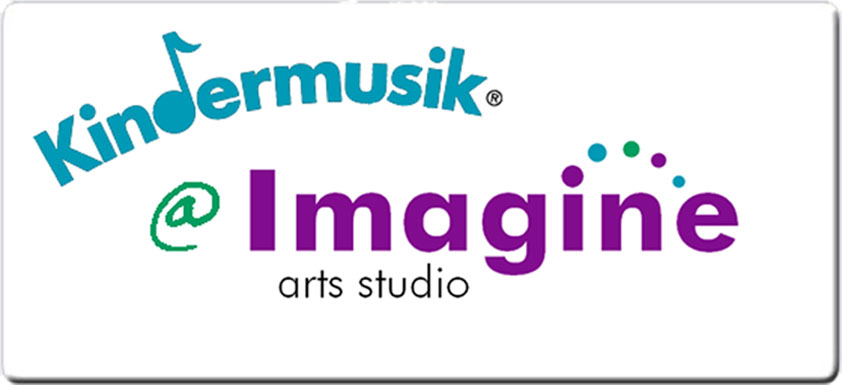Miriam-Webster defines the term “scaffolding” in part, as follows: “a temporary or movable platform…; a supporting framework.” The process of scaffolding in an educational sense is much like the traditional definition of scaffolding. It is a temporary support system used until the task is complete and the building stands without support.
That sounds a lot like our job as parents, doesn’t it?…providing a temporary support system until the building (your child) can stand without support. This is the concept of scaffolding. Why is scaffolding so important? We all start with a platform of various sizes, widths, heights, strengths, if you will, and all learning begins on that platform.
For successful learning, you must meet your child on his or her “platform”, and led to greater heights. One of the places you will see this concept in your Kindermusik classroom is during instrument exploration time. Here’s how to scaffold: First, observe what your child is doing with the instrument. Then, meet your child on their “platform” by copying that action (thereby positively affirming it with your child). Finally, then extend that action in some way – this provides your child with new ideas and the appropriate level of challenge for him to be creative in a positive, affirming, safe environment.
When you scaffold with your child, one suggestion builds upon another: “Oh – you are doing so well tapping the sticks up high!…can you tap them down low?” Asking open-ended questions is part of the scaffolding process: “What else can we do with the rhythm sticks?”This allows your child to think creatively, based upon what he has done already.
The result from this one little Kindermusik activity? Your child has experienced multiple musical concepts, has been stimulated creatively, and has been affirmed emotionally because of this one-on-one time with Mom or Dad.
The scaffolding concept crosses into every area of life. Interestingly, in a study first published in 2008 entitled “Preschool teachers’ use of music to scaffold children’s learning and behaviour” by authors Catherine Wilson Gillespie and Kendra R. Glider, it was shown that all teachers in the study used music most frequently to scaffold children’s learning, both in academic and social skill areas, and second most frequently to scaffold routine activities such as cleaning up and transitions to new activities.
So be on the lookout for scaffolding opportunities at home, at the park, the grocery store…anywhere at all. Three easy directives to remember (while you’re providing that “temporary platform” for life): Ask questions, make observations, and give challenges – and before you know it…that little “building” will be standing without support!
-Thanks to Studio 3 in Seattle for sharing this post by Miss Analiisa, with thanks to her good friend and Inspirational Kindermusik Educator of the Year Theresa Case, whose Kindermusik program is in Greenville, SC.

